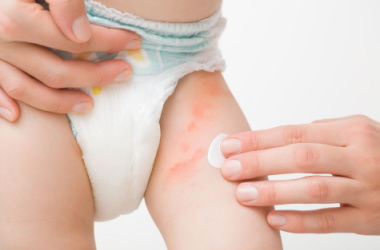- Home
- Blog
- Mom & Baby Care
Diaper Rash: Know How To Deal With It
Mom & Baby Care
Diaper Rash: Know How To Deal With It
By Apollo 24|7, Published on- 30 August 2022, Updated on -18 October 2022
Share this article
0
1 like

If there is one thing in the world that all parents agree on, it’s that parenting is challenging. While all parents want the best for their babies, taking care of a little one is one of the most difficult jobs ever. This blog focuses on one such problem that almost all new parents encounter - diaper rash. Research shows that diaper rash is responsible for approximately 20% of all childhood visits to a dermatologist. If you are interested in learning about the best ways of getting rid of this problem, you’ve landed in the perfect place. So, read on to know more.
What is Diaper Rash?
Diaper rash is a red, uncomfortable rash that often occurs in infants and thrives in warm, moist environments. It may appear as patches of inflamed skin on your child’s bottom. In severe cases, it can also spread throughout your baby’s legs all the way up to the stomach. Typically resulting from chafing, skin sensitivity, and wet or infrequently changed diapers, it is most common in babies but can affect anyone who regularly wears a diaper. Some infants are highly susceptible to this condition and may develop it quite frequently, especially if they suffer from other underlying skin conditions like eczema.
Symptoms of Diaper Rash
Some of the most common symptoms and signs of diaper rash include:
- Inflamed skin in the baby’s diaper area, which includes genitals, buttocks, and thighs
- Sores in the diaper area
- Tender and itchy skin in the diaper area
- Fussiness, crying, or discomfort, especially during diaper changes
Causes of Diaper Rash
Several factors can make the development of diaper rash more likely. These include:
- Leaving on soiled or wet diapers for too long
- Chafing or rubbing of tightly fitted diapers or clothing
- Diarrhoea or a frequent bowel movement
- Use of a new product like baby wipes, detergent, diaper, lotion, powder, and oil
- A yeast or bacterial infection
- Change in the content and frequency of stool due to the introduction of new foods
- Skin sensitivity caused by conditions like eczema or seborrheic dermatitis
- Use of antibiotics or being breastfed by someone taking antibiotics
How to Deal with Diaper Rash?
You can take the following measures to prevent and treat diaper rash:
1. Keep the Diaper Dry
Take care to remove dirty and wet diapers as soon as possible. All it takes is just a little bit of trapped moisture to cause a rash and irritate your baby’s delicate skin. Even slightly wet diapers can make an active rash worse, making it essential to change it right away.
2. Change and Clean Often
When it comes to changing the diaper and cleaning up, parents and caregivers should be extra vigilant, especially if their child already has a rash. With each diaper change, gently clean your baby’s skin with warm water and baby wipes. Avoid using wipes and cleansers that contain alcohol or other harsh substances.
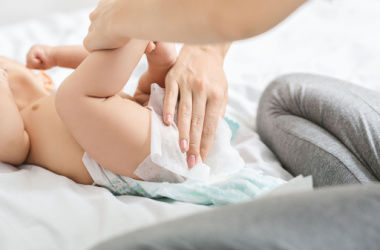
3. Use Disposable Diapers
While cloth diapers have certain benefits, they are not the best choice for babies suffering from diaper rash. It is wiser to use disposable diapers containing an absorbent gel as they draw wetness away from the skin and promote faster healing.
4. Make Sure the Size is Right
Using the wrong size diapers can make it more likely for your baby to develop a rash and harder for an existing rash to heal. A too-tight diaper can cause extra moisture, resulting in faster rash growth. On the other hand, a too-big diaper can rub and chafe the skin.
5. Allow the Diaper Area to Breathe
Whenever possible, allow your baby to go without a diaper, letting the skin breathe. Exposing your child’s skin to air is a gentle and natural way to let it dry. To avoid any accidents during your baby’s diaper-free time, you can lay down towels or disposable waterproof pads.
6. Apply Soothing Creams and Ointments
If your baby is more prone to developing diaper rashes, make sure to regularly apply soothing creams or ointments to the diaper area. Zinc oxide and petroleum jelly are the most popular and commonly used ingredients in several diaper rash products.
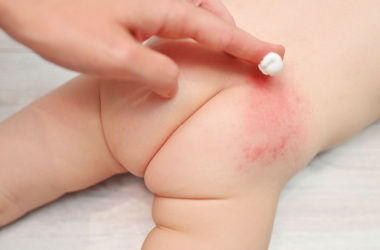
7. Try an Oatmeal Bath
Research shows colloidal oatmeal can help in reducing the irritation and inflammation caused by atopic dermatitis and other inflammatory skin conditions. It can also reduce the itching and pain caused by a diaper rash. You can buy oatmeal bath treatments from various drug stores as well as online.
When to See a Doctor?
Following are some common signs that indicate the need for a proper medical consultation:
- Severe or unusual rash
- Rash with a fever
- Persistent or worsening rash despite home treatment
- Burning or pain during urination or a bowel movement
- A rash that itches, oozes, or bleeds
If left untreated, your baby’s diaper rash can grow into a secondary yeast or fungal infection named candidiasis. If the rash continues to persist or gets worse even after you have tried everything to treat it at home, check with an Apollo doctor for a diagnosis and treatment options.
Consult an Apollo Paediatrician
Medically reviewed by Dr Sonia Bhatt.
Services
Mom & Baby Care
Leave Comment
Services
Recommended for you

Mom & Baby Care
Here's How To Get A Flat Tummy Post Pregnancy
Learn all about postpartum diet, exercises and other techniques to get a toned tummy after childbirth.
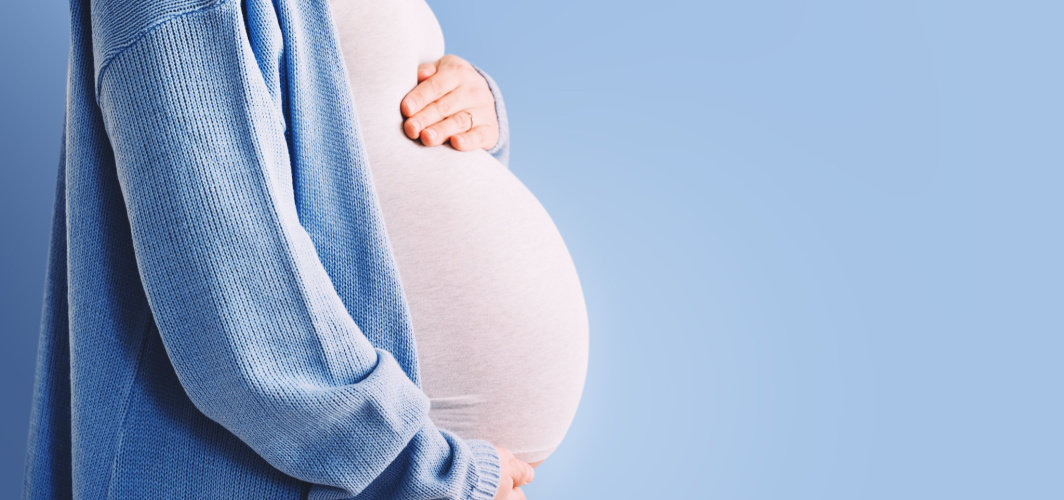
Mom & Baby Care
Most Googled Questions On Pregnancy Answered By An Apollo Expert
First-time mothers can have several doubts related to the safety and growth of the baby. Read on to know the answers to some of your pregnancy-related queries.
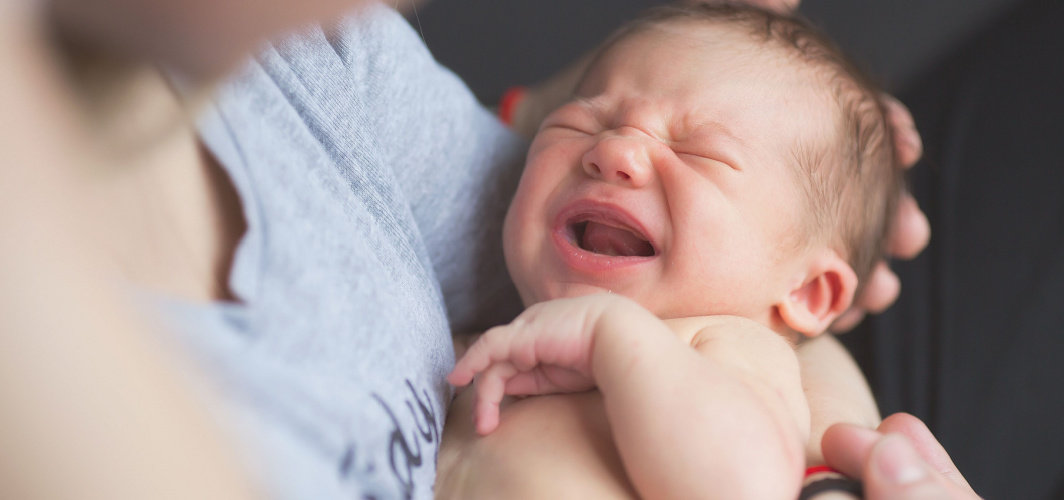
Mom & Baby Care
Colic In Babies: How To Spot Them And The Ways To Soothe Your Little One
Colic in babies is characterized by excessive crying and fussiness, usually in the late afternoon or evening. Treatment options to soothe babies with colic include swaddling and gentle rocking, adjusting feeding habits and trying anti-gas medication under a paediatrician's guidance.
Subscribe
Sign up for our free Health Library Daily Newsletter
Get doctor-approved health tips, news, and more.

